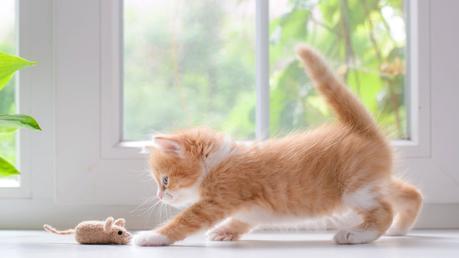 the only mouse you want in your house 1. Identifying Rodent Presence
the only mouse you want in your house 1. Identifying Rodent PresenceRodents, including rats and mice, are not just a nuisance but also a health hazard. They can contaminate food, spread diseases, and cause structural damage to your home. Here are some key indicators that you might have rodents living with you:
Droppings: One of the most obvious signs of a rodent infestation is their droppings. Rat droppings are typically dark, shiny, and about ½ inch in length, while mouse droppings are smaller, about ¼ inch, and pointed at the ends. You’re likely to find these near food packages, under sinks, along baseboards, or in drawers and cupboards.
Gnaw Marks: Rodents have strong front teeth that grow continuously and will gnaw on almost anything to keep them trimmed. Look for chew marks on food packaging, furniture, wires, and even walls. These marks can also indicate the size of the rodent, with larger gnaw marks pointing towards rats and smaller marks indicating mice.
Strange Noises: Hearing scratching or scurrying sounds, especially at night when rodents are most active, can be a sign of an infestation. These sounds are often heard coming from the attic, inside walls, or under floorboards.
Nests: Rodents nest in warm, secluded areas using shredded paper, fabric, or dried plant matter. Check in hidden areas like the backs of cabinets, inside boxes stored in garages or basements, and in insulation.
Tracks and Rub Marks: Rodents leave footprints and tail marks in dusty environments. You might also notice grease marks along walls or baseboards, which are caused by rodents' oily fur coming into contact with surfaces as they travel along their regular paths.
2. Understanding the Health Risks
Rodent infestations are not just a matter of property damage; they pose significant health risks. Rodents can carry diseases such as hantavirus, leptospirosis, lymphocytic choriomeningitis (LCMV), Tularemia, and the plague, which can be transmitted to humans directly through contact with rodent feces, urine, saliva, or indirectly through ticks, mites, or fleas that have fed on an infected rodent.
3. Preventing Rodent Infestations
Prevention is key to keeping rodents out of your home. Here are some effective strategies:
Seal Entry Points: Inspect your home for any cracks, holes, or gaps larger than a dime. Pay special attention to areas where utilities and pipes enter the home. Seal these openings with steel wool, caulk, or a combination of both to deter rodents.
Proper Food Storage: Store food in airtight containers and avoid leaving pet food out overnight. Regularly dispose of garbage in tightly sealed bins.
Declutter and Clean: Regular cleaning and decluttering reduce hiding spots for rodents and make it easier to spot signs of an infestation. Keep storage areas well-organized and use plastic bins instead of cardboard boxes.
Outdoor Maintenance: Trim vegetation away from the exterior of your home to eliminate shelter for rodents. Store firewood at least 20 feet away from the house and keep it elevated off the ground.
4. Dealing with an Infestation
If you suspect you have a rodent problem, it’s important to act quickly. You can set traps in strategic locations around your home. There are various types of traps available, including snap traps, electronic traps, and live traps. Bait the traps with peanut butter, chocolate, or nuts, which are attractive to rodents. Check and reset the traps regularly.
For larger infestations or if DIY methods fail, it may be necessary to call in professional pest control services. Professionals can offer more comprehensive solutions, including identifying and sealing entry points, setting up a targeted trapping program, and providing advice on preventing future infestations.
5. Conclusion
Detecting and dealing with rodents in your home requires vigilance and prompt action. By recognizing the signs of an infestation, understanding the risks, and implementing preventative measures, you can protect your home and family from the dangers and nuisances that rodents present. Remember, the key to controlling rodent populations is prevention, but should you find yourself facing an infestation, there are effective methods and resources available to help you get rid of these unwelcome guests.
